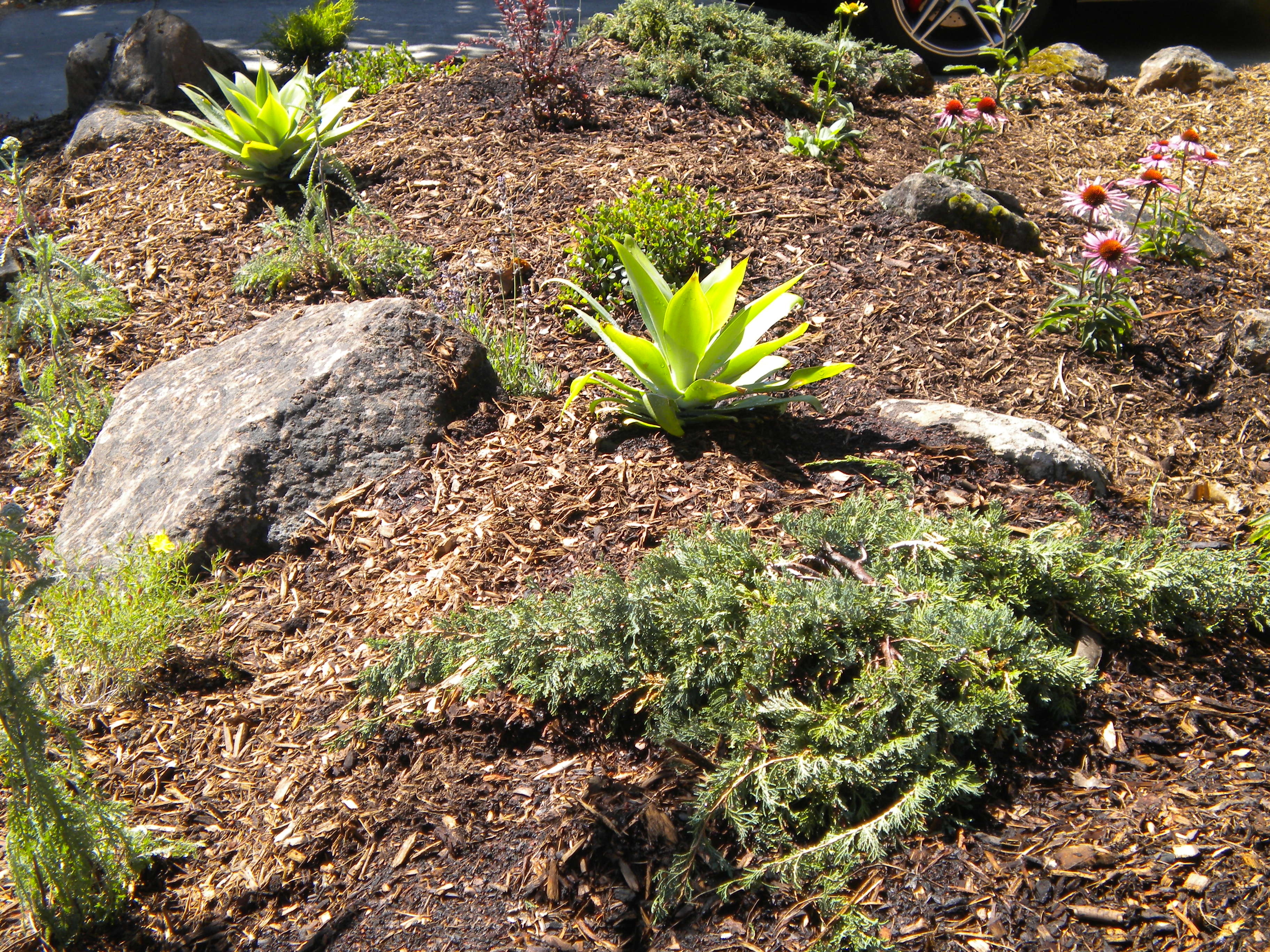Starting back in 2003, or maybe 2004, we had an opportunity to pursue garden staging as one of our services. We tried it out with a few realtors and found the work a gamble. One in five sellers were in a position to invest a modest amount for professional work, but the rest just wanted mulch and annuals. We stopped the practice on principle when a project had a new sod lawn in the scope of work but no irrigation to support it. Talk about being set up to fail.
I have found this type of approach with flipping homes the rule, not the exception. I don’t know if a buyer would know or appreciate quality landscape work like they would kitchen tile or bathroom fixtures in a potential home purchase. I do know that visiting staged gardens three to six months after sale can be a sobering experience. Poor quality annuals, juiced for bloom at the greenhouse and sold in big-box stores, dead. New sod lawn as advertised, dying or dead. Trees still choking by the straps of their nursery stakes. Doom, despair… You get the picture.
We have a new client that is dealing with this reality right now. Having bought her home and settled some outstanding plumbing and sewer line issues, she turned her attention to the garden. It had helped sell her on the home, but I could barely see how. The summer was not kind. If the information regarding the gutted irrigation system, the seasonal color, or the irreparable lighting system was made obvious to her, she does not recollect it.
Salt to the wound, at least one tree and one large shrub were planted above large holes dug as repositories for mortar, grout, and paint waste. This is as common a practice as staging itself. For a buyer who is looking at the garden as part of the sale, know what you are buying.
Some of the most important (read: expensive) items to obtain construction information for are decks, irrigation, line-voltage landscape lighting, water features, drainage, and structural retaining walls above 30 inches. Check for permitted work just like you would for new windows or a kitchen remodel. Have a landscaper friend take a walk through to give you insight to any obvious issues they observe. Get an idea of the value of the plantings and the possibility of imminent hazard tree work.
Professional landscape work is an investment and should be part of the clear picture of the property that you intend to purchase. The last thing a new homeowner needs is an unwelcome surprise like needing new french drains to protect the foundation or emergency tree work to protect their new home or the neighbor’s home. And if I had to offer any other advice on the matter, it would be to get what you find in writing.
“A pound of prevention is worth a ton of cure.”
oxox,
Benjamin Franklin

